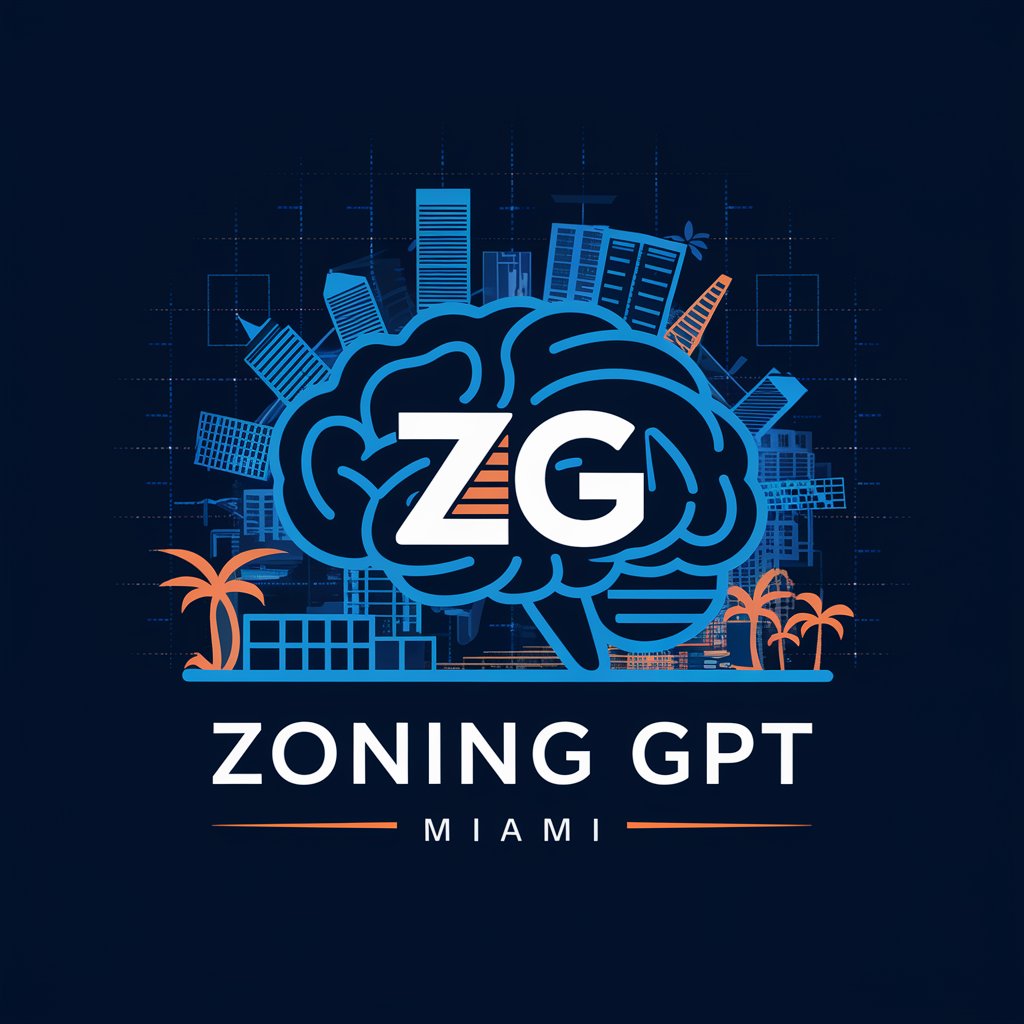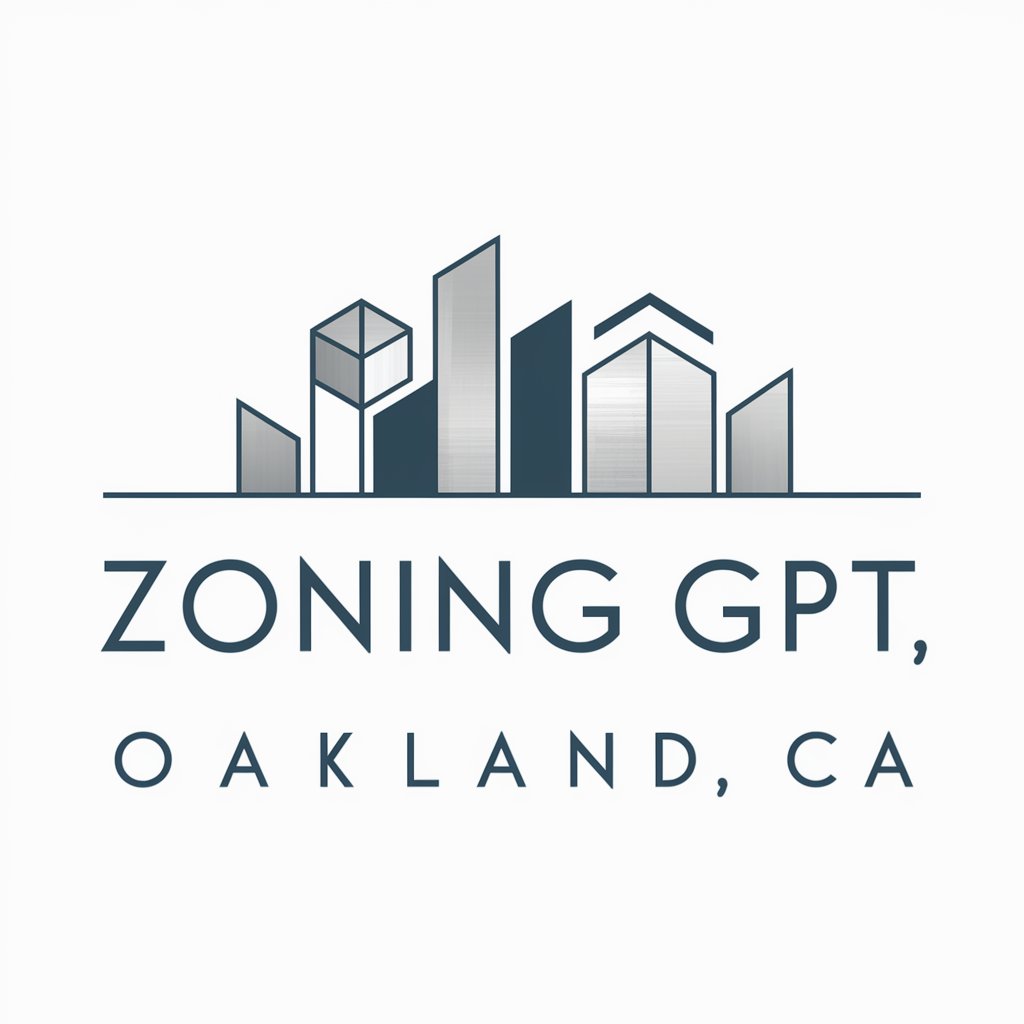
Zoning - Providence, RI. - Zoning Information Tool
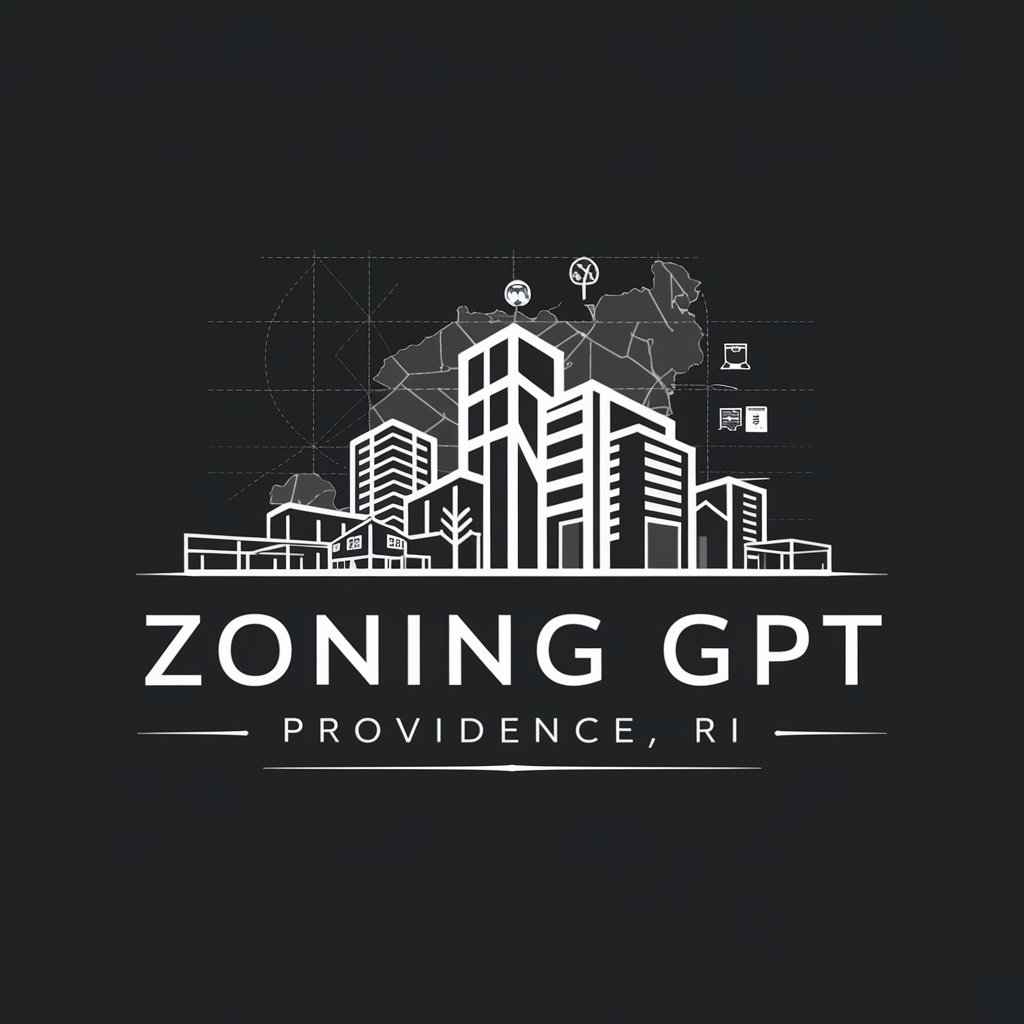
Support this GPT by [donating a lunch](https://www.buymeacoffee.com/htarrido).
Navigate zoning complexities with AI-powered precision.
What are the height restrictions for buildings in Downtown Providence?
Can you explain the setback requirements for residential zones in Providence?
What is the minimum lot size for commercial properties in Providence?
How does the zoning code address mixed-use developments in Providence?
Get Embed Code
Introduction to Zoning - Providence, RI
Zoning - Providence, RI is a specialized GPT designed to provide expert insights into the complex legal texts of zoning regulations for the city of Providence, RI. Its primary function is to assist various stakeholders, including city planners, policy makers, housing advocates, and real estate developers, in navigating the intricacies of zoning laws. This tool aims to offer concise, accurate interpretations of zoning requirements, ensuring stakeholders can make informed decisions. For example, when a developer seeks to understand the permissible floor area ratio (FAR) for a new commercial building, Zoning - Providence, RI can analyze the relevant articles or zoning chapters to provide a clear answer, highlighting the specific regulations that apply. Powered by ChatGPT-4o。

Main Functions of Zoning - Providence, RI
Interpretation of Zoning Texts
Example
Analyzing Article 5 for commercial district requirements
Scenario
A real estate developer is considering purchasing a plot of land in a commercial district and needs to understand the specific zoning regulations, such as FAR, height restrictions, and setbacks. Zoning - Providence, RI can dissect the legal text from Article 5, providing a digestible summary of the rules.
Assessment of Development Proposals
Example
Evaluating a residential project's compliance with Article 4
Scenario
A city planner receives a proposal for a new residential development. To ensure the project aligns with Providence's zoning laws, Zoning - Providence, RI reviews the proposal in the context of Article 4's residential district standards, including density, lot size, and open space requirements.
Clarification of Complex Legal Phrases
Example
Explaining 'floor area ratio (FAR)' from the zoning ordinance
Scenario
A policy maker is drafting a proposal to amend the city's zoning ordinance but is unsure about the implications of certain terms like FAR. Zoning - Providence, RI can provide a detailed explanation of FAR, including how it is calculated and its impact on building design.
Ideal Users of Zoning - Providence, RI
City Planners
Professionals involved in urban development and planning can utilize this tool for ensuring projects comply with local zoning regulations, aiding in the efficient review and approval of development proposals.
Real Estate Developers
Developers can benefit from precise interpretations of zoning laws to assess the feasibility of their projects, optimizing land use and adhering to legal standards.
Housing Advocates
Advocates looking to address housing needs within the community can use the tool to understand zoning constraints and opportunities for developing affordable housing.

How to Use Zoning - Providence, RI.
Start Free Trial
Visit yeschat.ai for a free trial without login, also no need for ChatGPT Plus.
Identify Your Zoning Needs
Determine the specific zoning information you need, such as details on residential districts, commercial zones, or special purpose districts.
Utilize Zoning Documents
Access and review the Providence, RI Zoning Ordinance and the zoning.json file for comprehensive zoning regulations and values.
Ask Specific Questions
Pose your detailed zoning queries to receive precise answers covering aspects like FAR, height restrictions, setbacks, and more.
Follow-Up for Clarification
If initial responses are unclear or further detail is required, ask follow-up questions for additional clarification.
Try other advanced and practical GPTs
Zoning - Bristol, RI
Expertise in Bristol, RI's Zoning Regulations
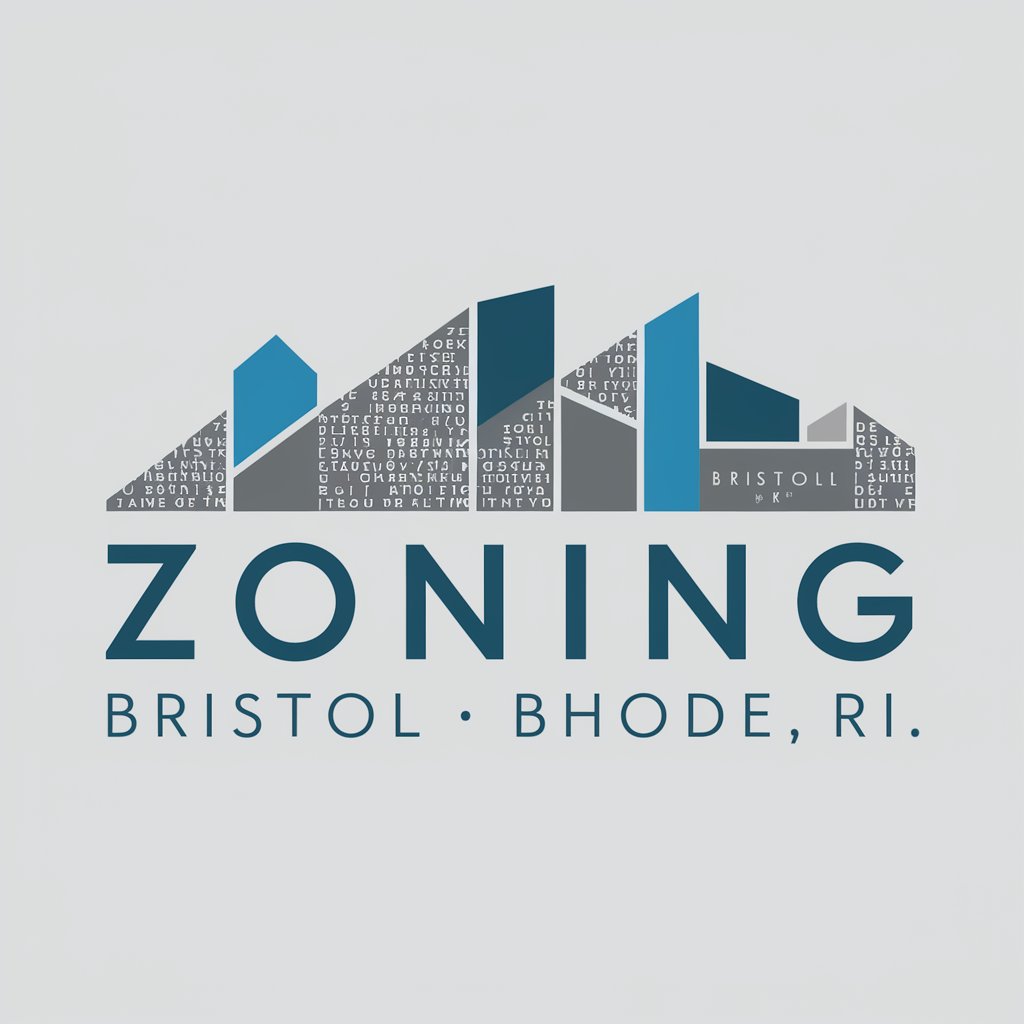
Zoning - North Kingston, RI
AI-Powered Zoning Guidance
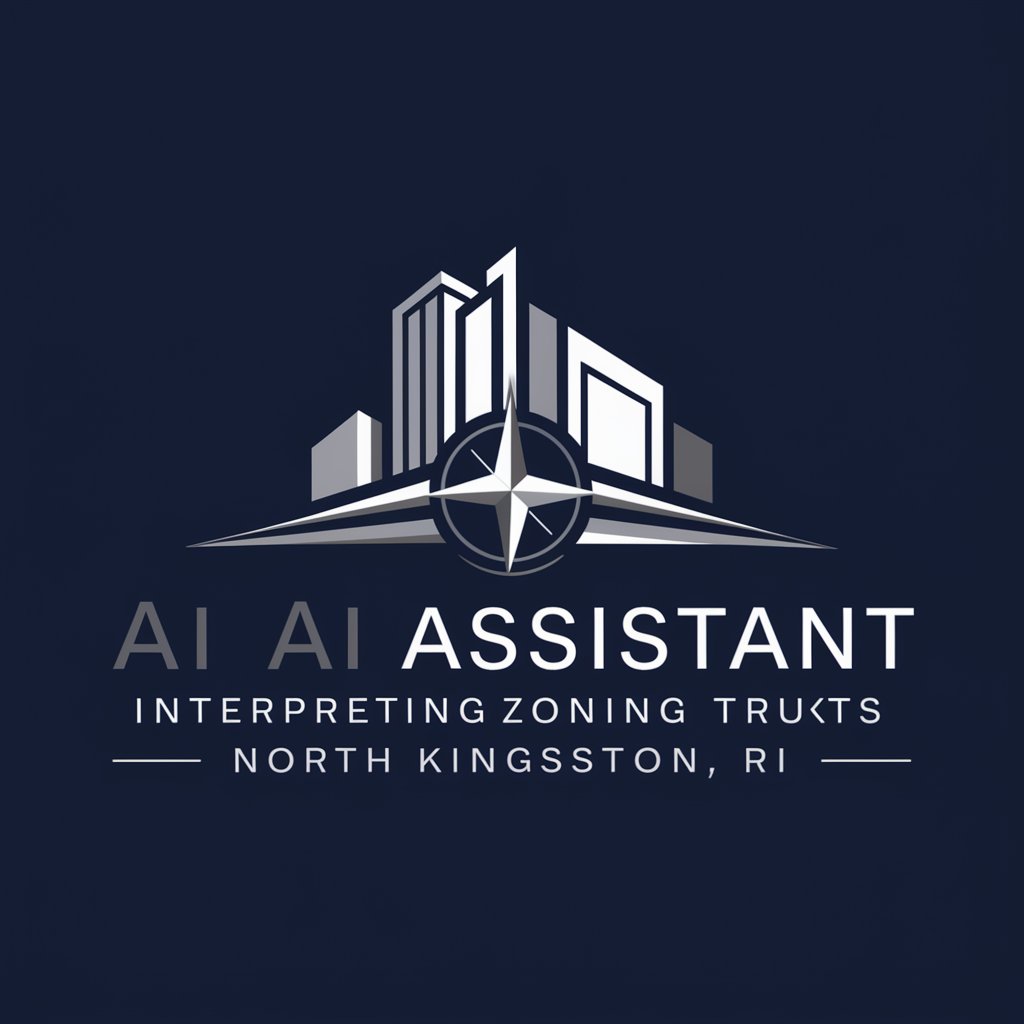
Zoning - Newport, RI
Expert Zoning Guidance, Powered by AI
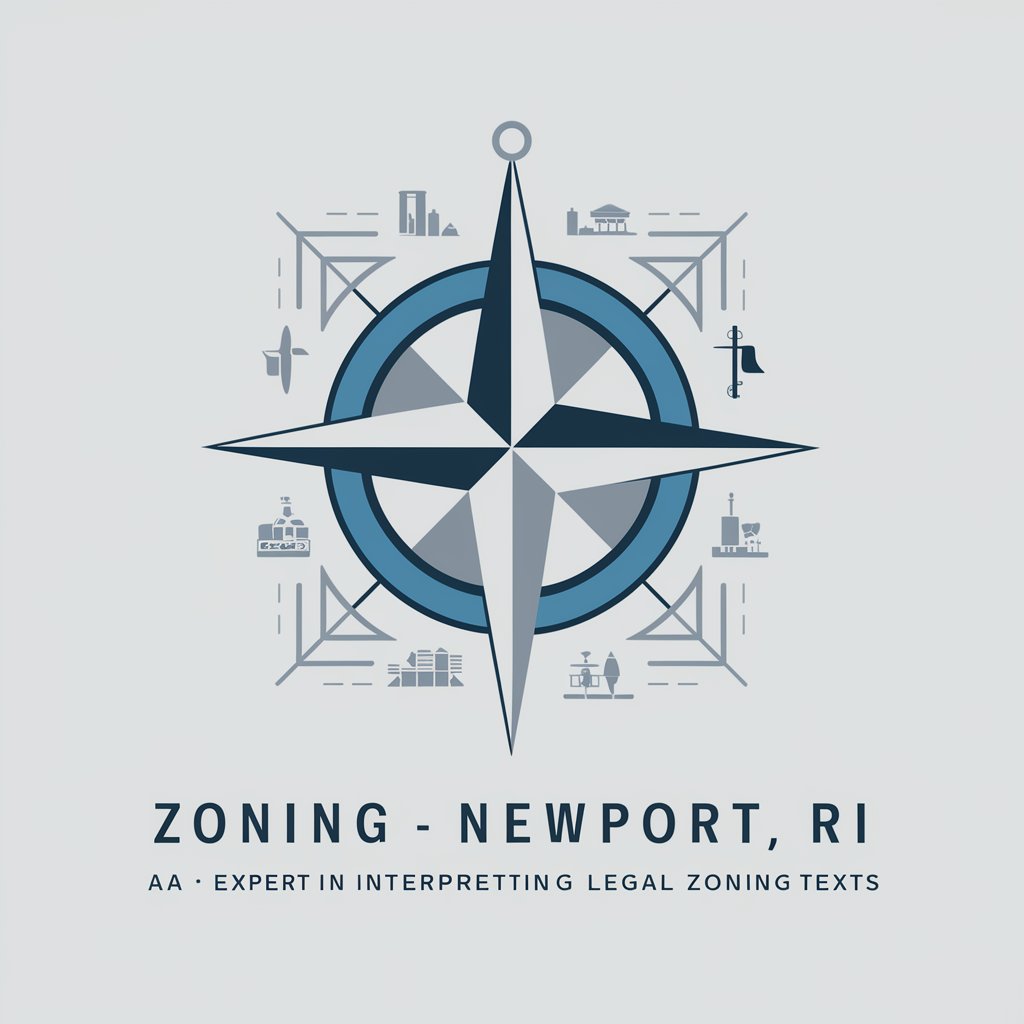
Zoning - Middletown, RI
Navigate Middletown zoning with AI expertise

Zoning - Warwick, RI
Navigate Warwick zoning with AI-powered insights
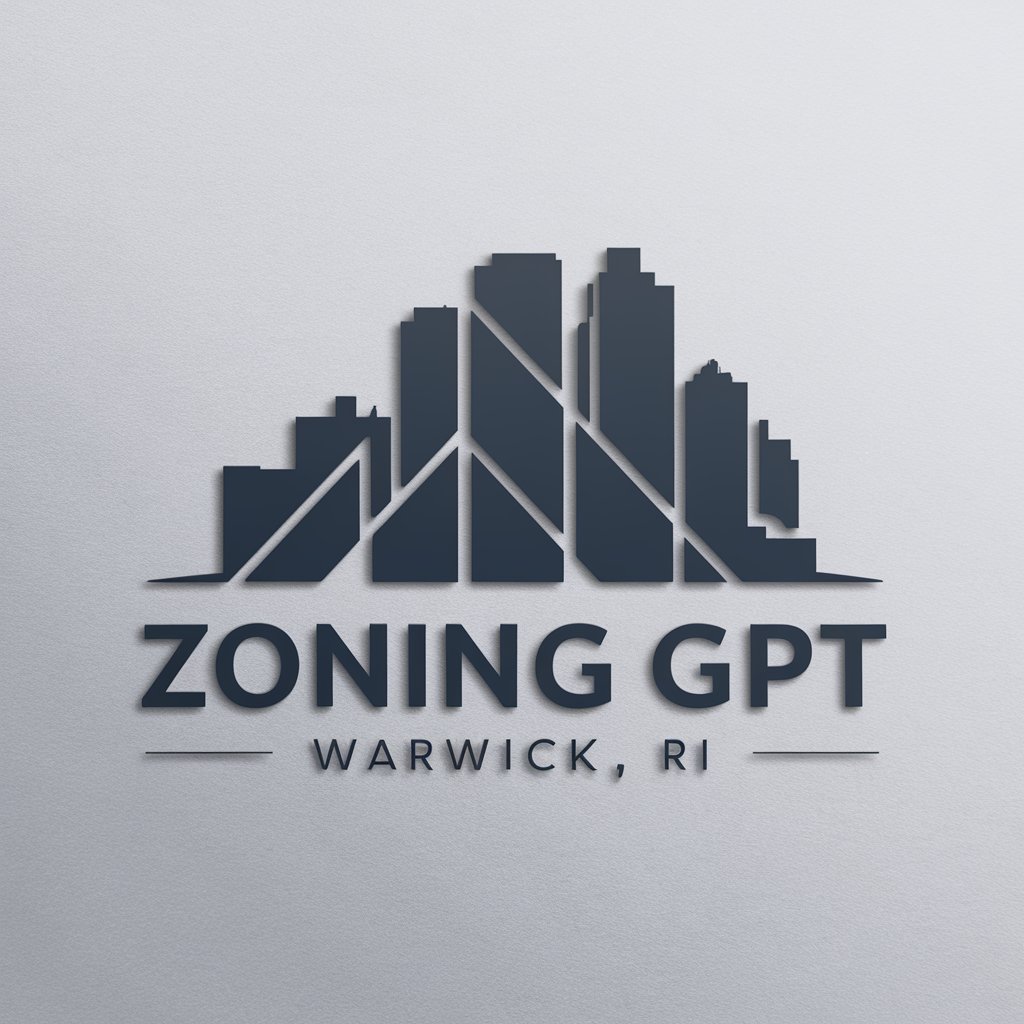
Software Architect
Streamlining software architecture with AI
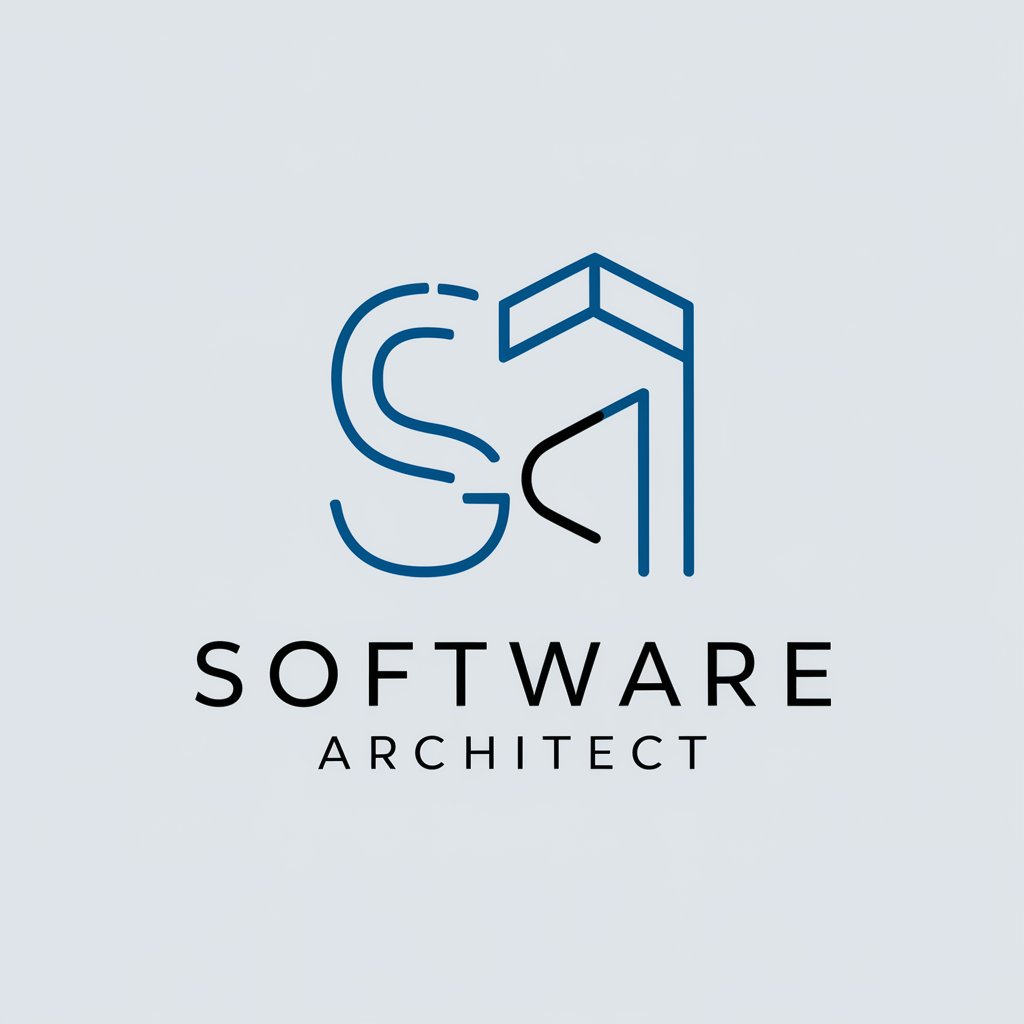
Resultz Intelligence (RI)
Empowering Decisions with AI

Yoon Se Ri
Empowering your online success with AI-driven guidance

Love Grimoire
Navigating Love with AI Compassion

Grimoire of Arcane Wisdom
Unveiling the Mysteries of Magic

Grimoire of the Unseen
Empowering young minds with magical stories of mystery and growth.

Web Grimoire
Empowering your web development journey with AI.

Detailed Q&A about Zoning - Providence, RI.
What are the maximum height restrictions in residential districts in Providence, RI?
Height restrictions vary by district. For specific residential districts, the Providence Zoning Ordinance outlines these in Article 4. Review this section for detailed height restrictions.
Can I find information on required setbacks for commercial properties?
Yes, Article 5 of the Providence Zoning Ordinance provides detailed information on required setbacks for commercial properties, including minimum front, side, and rear setbacks.
What is the Floor Area Ratio (FAR) for downtown districts?
FAR for downtown districts is specified in Article 6 of the Providence Zoning Ordinance. This article details the allowed floor area ratio based on zoning designations within downtown areas.
How are parking requirements determined for mixed-use developments?
Parking requirements for mixed-use developments are outlined in Article 14 of the Providence Zoning Ordinance, offering guidance based on the types of uses and their respective sizes.
What provisions exist for nonconforming uses and structures?
Article 20 of the Providence Zoning Ordinance addresses nonconformities, providing regulations for the continuation, alteration, or expansion of nonconforming uses and structures.
